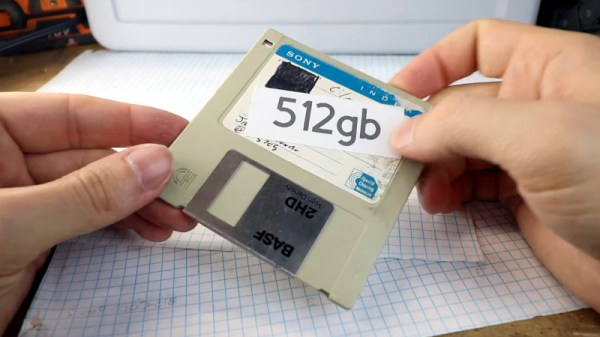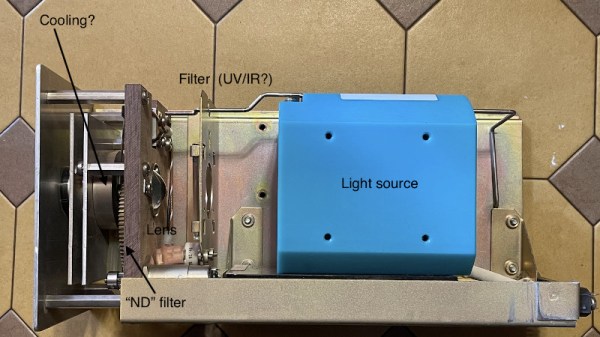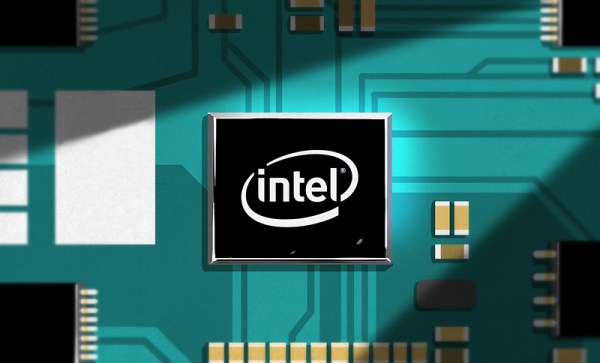There are times when a technology goes almost overnight as if in a puff of smoke, and others when they fade away gradually over time to the point at which their passing is barely noticed. So it is with removable media, while we still have the occasional USB flash disk or SD card , they do not come anywhere near the floppies, Zip disks, and CD-ROMs of the past in their numbers or ubiquity. If the floppy disk is just a save icon to you there’s still the chance to experience their retro charm though, courtesy of [Franklinstein]. He’s made a 3.5″ floppy disk that eschews 720 k, 1.44 M, or even 2.88 Mb, and goes all the way with a claimed 512 Gb capacity. We’re sure we can’t remember these from back in the day!
Of course as we can see in the video below he’s achieved neither an astounding feat of data compression nor a bleeding-edge method of storing bits in individual iron oxide molecules. Instead the floppy hinges open, and there’s a holder for micro SD cards where the disk itself would be. It’s a bit of fun, and we have to agree with him that it makes a very handy holder for micro SDs that can carry that much data. This sets us wondering though, whether it would be possible to somehow multiplex 14 micro SDs to a microcontroller on a PCB that could fit in a floppy shell. Perhaps an ESP32 could be a slow file server through a web interface?
He makes the point that 512 Gb of floppies would comfortably exceed the height of the tallest buildings were they stacked together, so at the very least this represents a space saving. If you’re looking for something slightly more functional and don’t mind modifying the drive, there’s always this classic approach to marrying a floppy with an SD card.




















